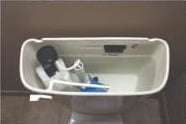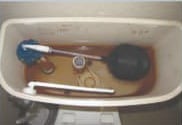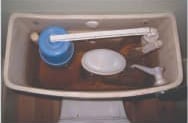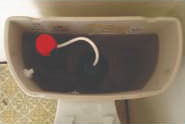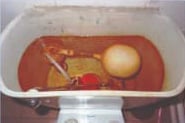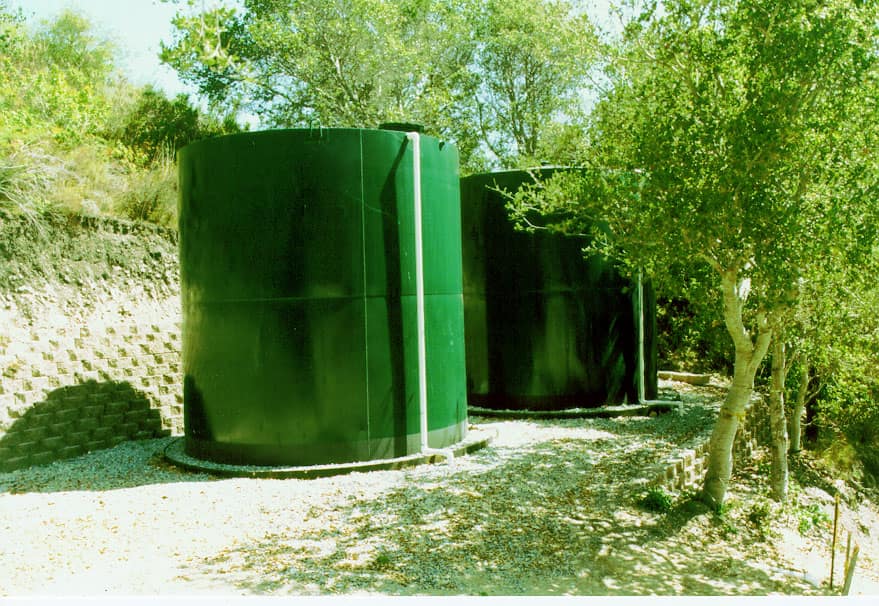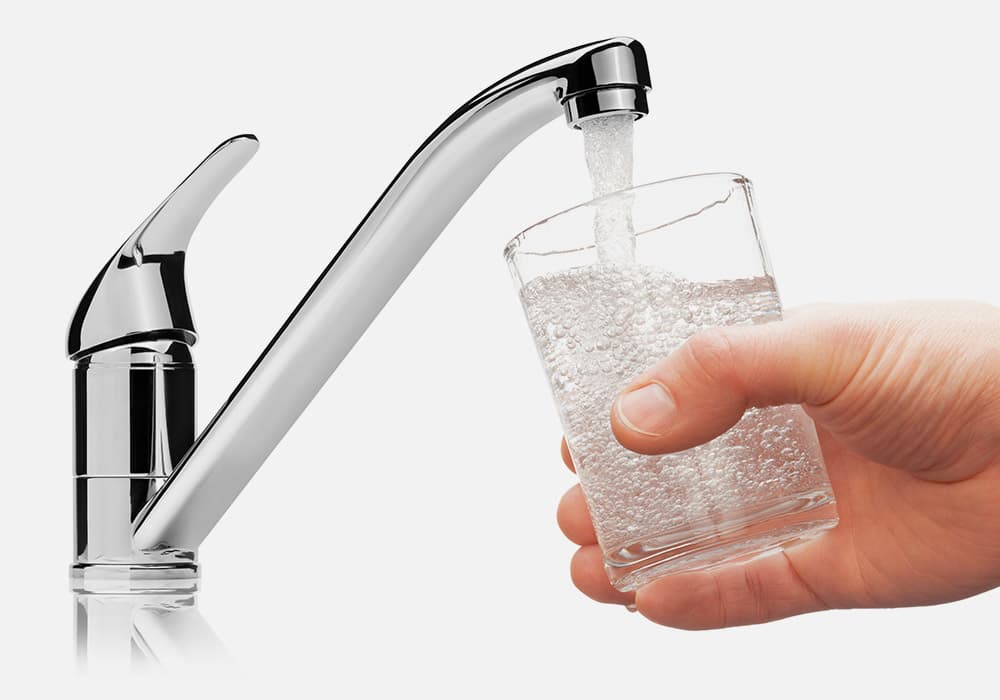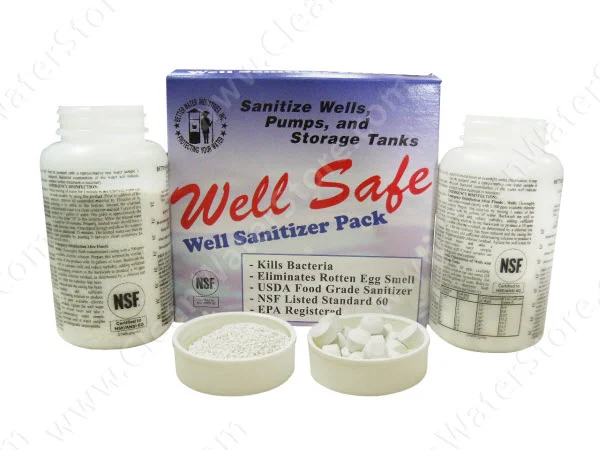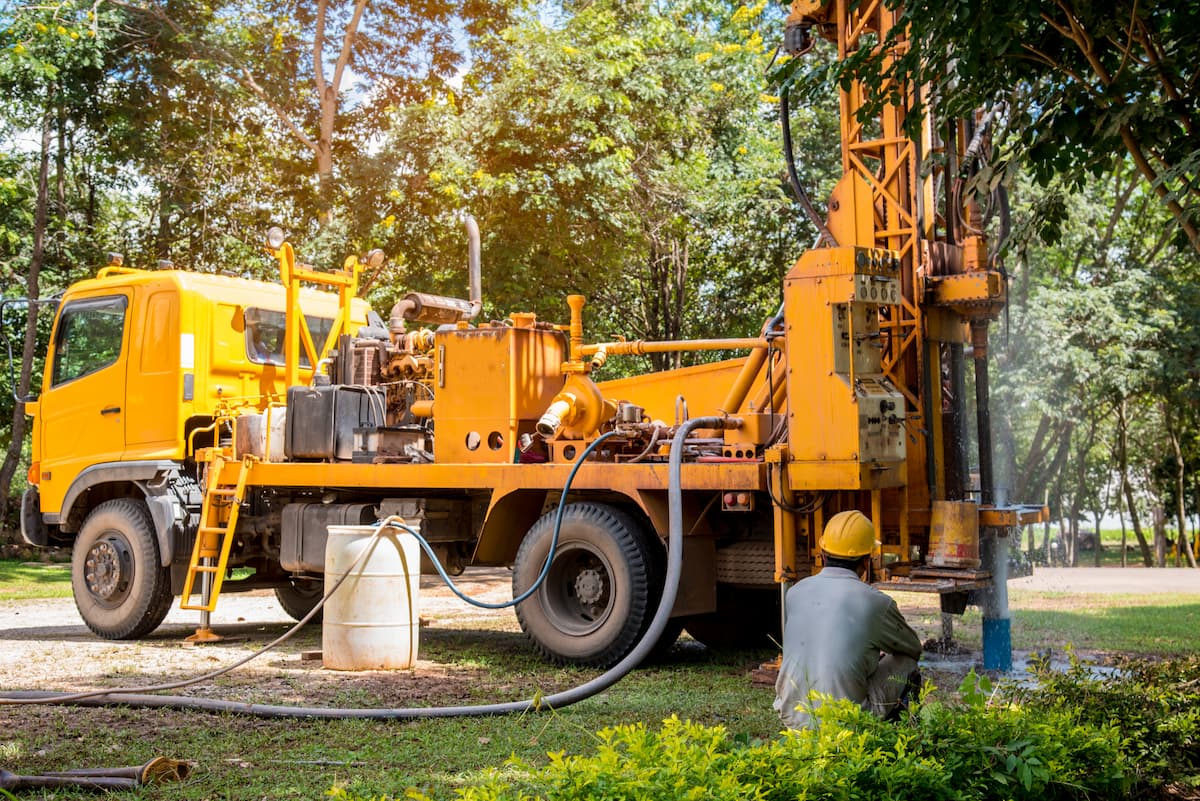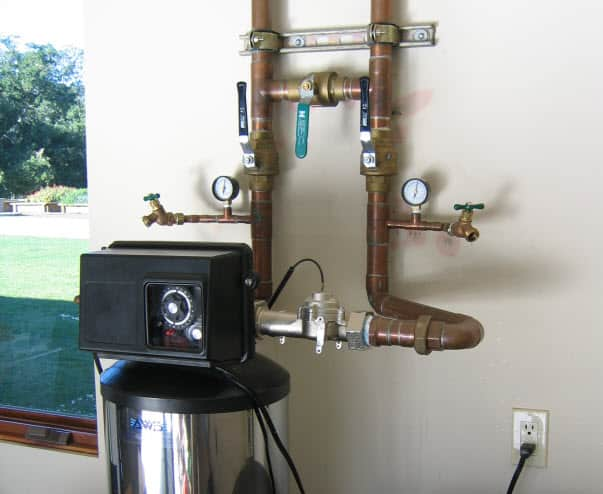Home Water Tests That You Can Do Yourself, For Free.
Free DIY Home Water Tests You Can Do Today
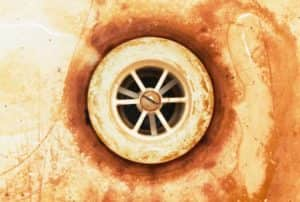
What is Water Quality?
Water quality refers to water's physical, chemical, and biological characteristics that determine its suitability for various uses, such as drinking, recreation, and supporting aquatic life. Good water quality is crucial for human health, environmental sustainability, and economic development.
Factors affecting water quality include natural processes, human activities, and infrastructure conditions like aging pipes. Ensuring high water quality helps prevent potential health risks and supports a healthy ecosystem.
Water Quality Indicators
Water quality indicators are parameters that help assess the overall quality of water. These indicators can be physical, chemical, or biological, and they provide a comprehensive picture of water’s condition. Here are some common water quality indicators:
- pH Levels: This measures the acidity or alkalinity of water. A balanced pH is essential for safe drinking water.
- Total Dissolved Solids (TDS): This measures the concentration of dissolved minerals and salts in the water, which can affect taste and safety.
- Turbidity: This measures water clarity. High turbidity can indicate the presence of suspended particles, which may harbor harmful microorganisms.
- Bacteria and Viruses: The presence of coliform bacteria and other pathogens can indicate microbial contamination, which can pose serious health risks.
- Nutrients: High levels of nutrients like nitrogen and phosphorus can lead to eutrophication, which causes excessive algal growth and affects water quality.
By understanding these indicators, you can better assess the quality of your water and take appropriate action to ensure its safety for use.
Why Test Your Water?
Testing your water is essential in ensuring your and your family's health and safety. Tap water can contain a variety of contaminants, including heavy metals, microorganisms, pesticides, and volatile organic compounds (VOCs), which can pose potential health risks. By testing your water, you can identify any contaminants present and take action to remove them.
In addition to health concerns, testing your water can also help you identify issues with your plumbing system. Aging pipes can leach lead and other contaminants into your water, which can be detected through testing. Furthermore, testing your water can provide a complete picture of your water quality, allowing you to make informed decisions about your drinking water.
Problems with hard water spots or rust stains affecting water quality?
Home Water Test Kits are available, but did you know there are some basic steps you can take to find out your water condition without spending a penny?
Consider using test strips for quick and easy testing. These strips allow for multiple tests on different contaminants, with clear instructions and color-coded charts for accurate readings.
Are you wondering if your water is eating up your pipes and contaminating your water with corrosion by-products?
Follow the four free, fast ‘water tests’ below to get some quick insight into what the water is doing (if anything) to your pipes, fixtures, and appliances.
1. Hardness Soap Test with Test Strips
Calcium scale (“hardness”) costs U.S. homeowners billions of dollars each year by destroying plumbing, water heaters, fixtures, and appliances. Use the simple soap hardness test to see if your water is hard.
- Measure 12 oz using a 12-oz measuring cup or another container, such as a small water bottle.
- Fill to the 12 oz line.
- Add ten drops of liquid dish soap and shake.
- If you see lots of suds, your water is most likely low in calcium hardness. If you do NOT see suds, add another ten drops.
10 Drops = 0—1 Grains Per Gallon VERY SOFT
20 Drops = 1— 4 Grains Per Gallon SLIGHTLY HARD
30 Drops = 4— 8 Grains Per Gallon MEDIUM HARD
40 Drops = 8—16 Gains Per Gallon HARD
50 Drops = 16 & Higher Grains Per Gallon VERY HARD
2. Kitchen Faucet Aerator Test for Tap Water
Minerals and sediment can build up in your fixtures and appliances. Check your kitchen faucet aerator and treat it with vinegar to see how your water affects your institutions.
- The aerator is at the end of the faucet, where the water pours out.
- This has a small screen that traps debris.
- Remove the aerator on your kitchen faucet by unscrewing it by hand or using small pliers.
- Be careful not to scratch the aerator.
- Place the aerator in a bowl of white vinegar for one hour. The vinegar will dissolve and remove hardness build-up, allowing you to inspect what is left in the bowl after cleaning.
- Clean and rinse and reinstall the aerator.
- If your bowl of vinegar has mineral deposits and sediment in it, you can know that these same minerals are clogging other fixtures such as toilets and dishwashers.
3. Water Heater Flush Test
Water heaters are easy to drain but can collect sediment and hardness. Use this simple and fast test to see if your water heater is filled with sediment or minerals.
1. Connect the drain valve to a garden hose (drain valves on water heaters typically are ‘hose bibs, ‘ meaning they can connect to a garden hose).
2. Turn on the drain valve at the bottom of the water heater and allow water to flush into a 5-gallon bucket or another container.
3. This serves as a visual water test for sediment and minerals that your home appliances are exposed to and can indicate the condition of the water heater.
4. The water should appear clean and clear and free of sediment.
5. If you see flakes, sand, or grit, this can indicate that your water heater's anode rod has deteriorated and that the glass lining is bad.
4. Toilet Flush Tank Inspection Test
The Toilet Flush Tank Test is an effective, easy, and free way to quickly see where your water may be deposited in your pipes and appliances.
Keep in mind that the toilet flush tank has clean water from your cold water pipes.
The flush tank holds the clean water used for flushing the toilet, and it is like having a mini settling storage tank right in your home.
The water goes into the flush tank and is exposed to air. The water may leave sediment, rust, or corrosion by-products from the pipes (assuming any in your plumbing).
(Click here if you want to read more about home water testing)
Top Ten Water Problem Symptoms Found in Toilet Flush Tanks: |
|
|---|---|
Clean WhiteThis could be a new toilet or one that has been recently cleaned. If your tank looks like this, is not new, and has not been recently cleaned, it likely indicates that your water is NOT leaving sediment or deposits in your plumbing or fixtures. |
Deposits in the BottomThis can mean the water coming into your home has sediment or rust in it. If there are rust or flakes in the bottom and your home has older-style galvanized iron plumbing, it could be that your piping needs replacing. |
Rust or Dark ColoredIf you have city water, it might indicate that the city's main distribution pipes have been recently flushed or that the water is just plain bad or poorly treated. If you have well water, this can mean you need an iron filter system. |
Black Water and DepositsThis typically occurs in well water. Black deposits and black water mean either manganese in the cold water or ferric sulfide (black rust). It can also occur when the water has a rotten egg odor. Treat with chlorine or peroxide and filter with Pro-OX filter media. |
Slimy Rust-Colored DepositsIt typically occurs in well water. Stringy-looking, slimy deposits growing from the side of the toilet tank indicate iron bacteria. The water may appear frothy or bubbly. To kill the bacteria, treatment with chlorine or ozone (OR periodic shock treatment of well and pipes), followed by filtration, is needed. |
|
If the tank is white and clean, it can indicate your pipes are in good condition.
Toilet flush tanks rarely get cleaned, and you can often determine a lot about your water supply by simply looking in.
This test will not work if you have a new low-flow toilet with an air tank inside your flush tank.
My wife thinks I'm a nut, but I have a habit of looking into almost every toilet flush tank I pass.
I often find hotels, friends' and family's homes, and other places with removable flush tank lids that I take a quick look at. It's fascinating to see what is happening with the water inside, and I often add an image or two to my ‘toilet flush tank' photo collection!
The most serious condition I see is when the toilet flush tank has blue or greenish-blue stains. This means copper corrosion, and this type of water problem should be addressed immediately as it means your copper pipe is corroding and leaching heavy metals into your water.
The new ultra-low-flow toilet flush tanks make this type of inspection a little less useful, as the air bladder apparatus partially obstructs the flush tank's view. Eventually, as the standard flush tank toilets get replaced with the new ultra-low-flow flush with air bladders inside, you won't be able to see as much, but it still doesn't hurt to look.
Testing for Harmful Chemicals
Forever Chemicals in Drinking Water
Forever chemicals, also known as per- and polyfluoroalkyl substances (PFAS), are a group of synthetic chemicals used in various products like non-stick cookware, food packaging, and firefighting foam. These chemicals are persistent in the environment and have been linked to health issues such as cancer, reproductive problems, and immune system disorders. Forever chemicals can contaminate drinking water sources, including surface water, groundwater, and tap water.
To test for chemicals in your drinking water forever, it is recommended that you use a water test kit that includes PFAS testing. One reliable option is the Tap Score PFAS Water Test, which measures the levels of PFAS compounds in your water and provides a detailed report on the results.
It’s important to note that forever chemicals are not currently regulated by the Environmental Protection Agency (EPA) under the Safe Drinking Water Act, and there is no federal limit for PFAS in drinking water. However, some states have established their own limits to protect public health.
If you suspect that your drinking water may be contaminated with forever chemicals, consider the following steps:
- Use a water test kit that includes PFAS testing to get your water tested.
- Contact your local water utility or health department for guidance on testing and treatment options.
- Consider using a water filter certified to remove PFAS compounds.
- Support efforts to regulate and limit the use of forever chemicals in products and industries.
By taking these steps, you can help ensure that your drinking water is safe and free from harmful contaminants.
Interpreting Your Water Test Results
Once you have received your water test results, it’s essential to understand what they mean. Your test results will typically include a list of contaminants detected and their concentrations. You can compare these results to the Consumer Confidence Report (CCR) your local water supplier provided to determine if your water meets or exceeds national safety standards.
When interpreting your results, pay attention to the following:
- Coliform Bacteria: These bacteria can indicate contamination in your water supply.
- VOCs: These compounds can come from a variety of sources, including industrial activities and household products.
- Heavy Metals: Lead, mercury, and arsenic are common heavy metals that can be present in tap water.
- pH Levels: Water with high or low pH levels can be corrosive and damage your plumbing system.
If your test results indicate the presence of contaminants, it’s essential to take action to remove them. This may involve installing a water filter or treatment system or switching to bottled water.
Choosing the Right Water Test Kit
With so many water test kits available, choosing the right one for your needs can be challenging. Here are some factors to consider:
- Certification: Look for a kit that has been certified by a national testing laboratory, such as the Environmental Protection Agency (EPA).
- Test Strip Quality: Ensure that the test strips are accurate and reliable.
- Contaminant Detection: Choose a kit that can detect a wide range of contaminants, including heavy metals, VOCs, and coliform bacteria.
- Ease of Use: Opt for a kit that is easy to use and provides clear instructions.
- Cost: Consider the cost of the kit and whether it provides value for money.
Some popular water test kits include the Tap Score Advanced City Water Test and the Tap Score PFAS Water Test. These kits provide comprehensive testing capabilities and are certified by national testing laboratories.
Free Water Tests: Easy Well Water Test Kits

As always, if you would like to speak directly with one of our water experts, you can call us toll-free at 1-888-600-5426. You can also fill out our fast help form, and we will get back to you. Good luck!


